Application and Challenges of Crossover Trial Designs in the Fields of Treatment and Prevention
DOI: 10.23977/phpm.2024.040306 | Downloads: 19 | Views: 841
Author(s)
Junling Feng 1, Baoning Qi 1
Affiliation(s)
1 Department of Public Health, Shaanxi University of Chinese Medicine, Xianyang, Shaanxi, 712046, China
Corresponding Author
Baoning QiABSTRACT
Crossover designs, as a methodological approach in clinical trials, offer significant advantages and potential across both therapeutic and preventive domains, despite facing unique challenges. By enabling both intra-group and inter-group comparisons, this design effectively reduces the required number of participants and trial costs while mitigating the impact of sequence effects. Consequently, it provides an efficient framework for the precise assessment of drug efficacy and vaccine effectiveness. In therapeutic contexts, crossover trials enhance precision medicine initiatives and support the development of personalized treatment strategies. In preventive settings, they strengthen the validation of long-term vaccine efficacy. Despite their diverse applications, crossover trials share a common objective: to improve medical outcomes and protect public health. Looking ahead, with advancements in technologies such as big data analytics and artificial intelligence integration, crossover trials are poised to uncover even broader opportunities and profound impacts within both therapeutic and preventive fields.
KEYWORDS
Crossover; tumor treatment; preventionCITE THIS PAPER
Junling Feng, Baoning Qi, Application and Challenges of Crossover Trial Designs in the Fields of Treatment and Prevention. MEDS Public Health and Preventive Medicine (2024) Vol. 4: 36-43. DOI: http://dx.doi.org/10.23977/phpm.2024.040306.
REFERENCES
[1] Akova M, Unal S. A randomized, double-blind, placebo-controlled phase III clinical trial to evaluate the efficacy and safety of SARS-CoV-2 vaccine (inactivated, Vero cell): a structured summary of a study protocol for a randomised controlled trial[J]. Trials 2021,22(1):276.
[2] Bellavance F, Tardif S, Stephens MA. Tests for the analysis of variance of crossover designs with correlated errors[J]. Biometrics 1996,52(2):607-612.
[3] van Hulst AM, van den Akker E, Verwaaijen EJ, et al. Hydrocortisone to reduce dexamethasone-induced neurobehavioral side-effects in children with acute lymphoblastic leukaemia-results of a double-blind, randomised controlled trial with cross-over design[J]. Eur J Cancer 2023,187:124-133.
[4] Wang W, Cong N, Chen T, et al. A note on misspecification in general linear models with correlated errors for the analysis of crossover clinical trials[J]. PLoS One 2019,14(3):e213436.
[5] Lin CD, Lui KJ. A note on point estimation and interval estimation of the relative treatment effect under a simple crossover design[J]. Pharm Stat 2022, 21(2):386-394.
[6] Mwangi M, Molenberghs G, Njagi EN, et al. Pairwise fitting of piecewise mixed models for the joint modeling of multivariate longitudinal outcomes, in a randomized crossover trial[J]. Biom J 2024,66(2):e2200333.
[7] Poland GA, Ovsyannikova IG, Kennedy RB. SARS-CoV-2 immunity: review and applications to phase 3 vaccine candidates[J]. Lancet 2020,396(10262):1595-1606.
[8] Choe PG, Kang CK, Suh HJ, et al. Waning Antibody Responses in Asymptomatic and Symptomatic SARS-CoV-2 Infection[J]. Emerg Infect Dis 2021,27(1):327-329.
[9] Follmann D, Fintzi J, Fay MP, et al. A Deferred-Vaccination Design to Assess Durability of COVID-19 Vaccine Effect After the Placebo Group Is Vaccinated[J]. Ann Intern Med 2021,174(8):1118-1125.
[10] Follmann D, Mateja A, Fay MP, et al. Durability of Protection Against COVID-19 Through the Delta Surge for the NVX-CoV2373 Vaccine[J]. Clin Infect Dis 2024,79(1):78-85.
[11] Follmann D, Fay M, Magaret C. Estimation of vaccine efficacy for variants that emerge after the placebo group is vaccinated[J]. Stat Med 2022,41(16):3076-3089.
[12] Hatswell A, Freemantle N, Baio G, et al. Summarising salient information on historical controls: A structured assessment of validity and comparability across studies[J]. Clin Trials 2020,17(6):607-616.
[13] Nathan SD, Johri S, Joly JM, et al. Survival analysis from the INCREASE study in PH-ILD: evaluating the impact of treatment crossover on overall mortality[J]. Thorax 2024,79(4):301-306.
[14] Helgestad A, Larsen MB, Njor S, et al. Increasing coverage in cervical and colorectal cancer screening by leveraging attendance at breast cancer screening: A cluster-randomised, crossover trial[J]. PLoS Med 2024,21(8):e1004431.
[15] Tsiatis AA, Davidian M. Estimating vaccine efficacy over time after a randomized study is unblinded[J]. Biometrics 2022,78(3):825-838.
[16] Follmann D, Fintzi J, Fay MP, et al. Assessing Durability of Vaccine Effect Following Blinded Crossover in COVID-19 Vaccine Efficacy Trials[J]. medRxiv, 2020.
[17] Fintzi J, Follmann D. Assessing vaccine durability in randomized trials following placebo crossover[J]. Stat Med 2021,40(27):5983-6007.
[18] Lin DY, Zeng D, Gilbert PB. Evaluating the Long-Term Efficacy of COVID-19 Vaccines[J]. medRxiv, 2021.
[19] Lin DY, Zeng D, Gu Y, et al. Reliably Assessing Duration of Protection for Coronavirus Disease 2019 Vaccines[J]. J Infect Dis 2022,226(11):1863-1866.
[20] Nikas A, Ahmed H, Zarnitsyna VI. Competing Heterogeneities in Vaccine Effectiveness Estimation[J]. ArXiv, 2023.
[21] Nikas A, Ahmed H, Zarnitsyna VI. Estimating Waning of Vaccine Effectiveness: A Simulation Study[J]. Clin Infect Dis 2023,76(3):479-486.
| Downloads: | 4793 |
|---|---|
| Visits: | 288641 |
Sponsors, Associates, and Links
-
MEDS Clinical Medicine
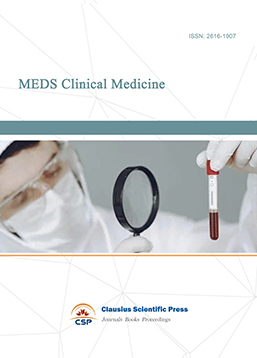
-
Journal of Neurobiology and Genetics
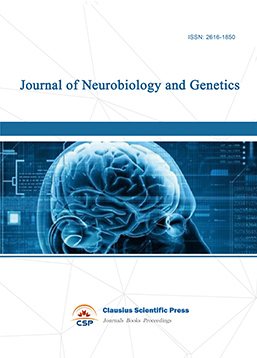
-
Medical Imaging and Nuclear Medicine
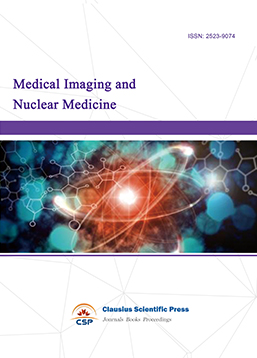
-
Bacterial Genetics and Ecology
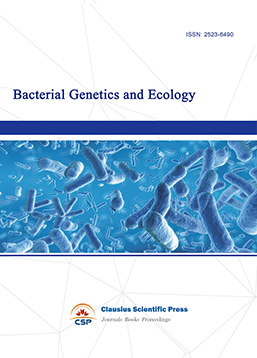
-
Transactions on Cancer
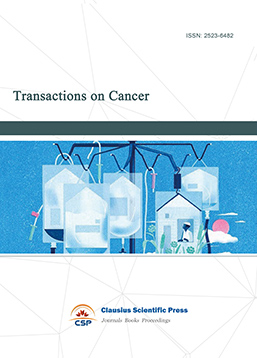
-
Journal of Biophysics and Ecology
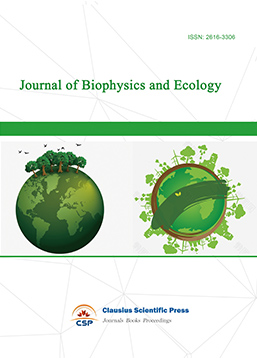
-
Journal of Animal Science and Veterinary
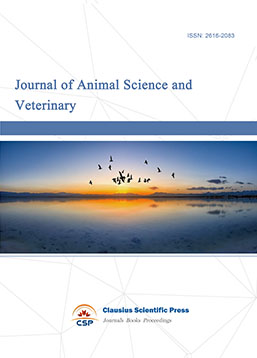
-
Academic Journal of Biochemistry and Molecular Biology

-
Transactions on Cell and Developmental Biology
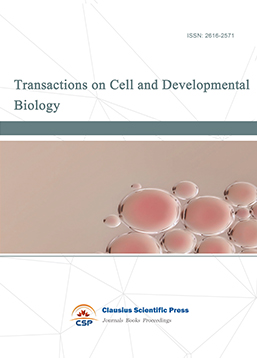
-
Rehabilitation Engineering & Assistive Technology
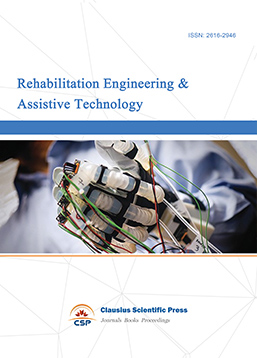
-
Orthopaedics and Sports Medicine
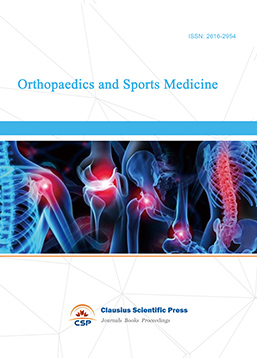
-
Hematology and Stem Cell
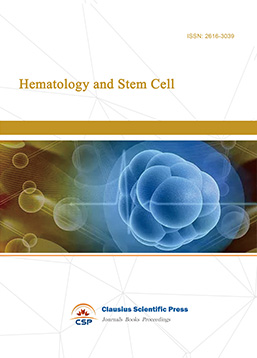
-
Journal of Intelligent Informatics and Biomedical Engineering
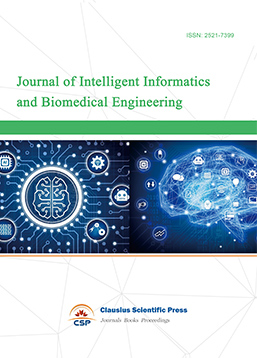
-
MEDS Basic Medicine
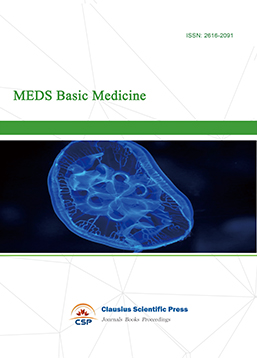
-
MEDS Stomatology
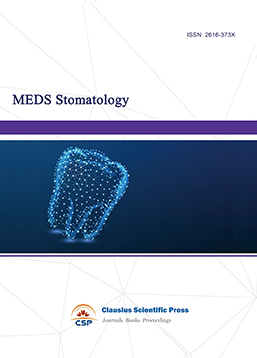
-
MEDS Chinese Medicine
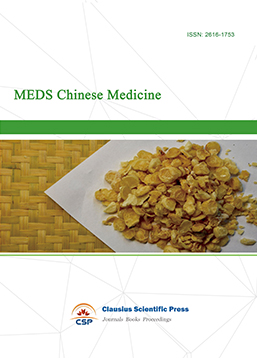
-
Journal of Enzyme Engineering
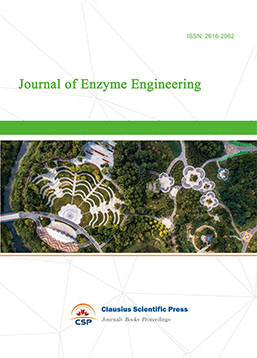
-
Advances in Industrial Pharmacy and Pharmaceutical Sciences
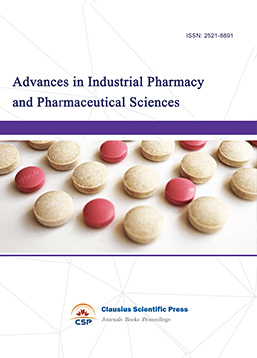
-
Bacteriology and Microbiology
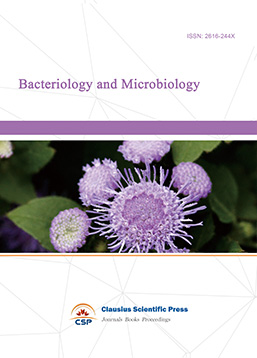
-
Advances in Physiology and Pathophysiology
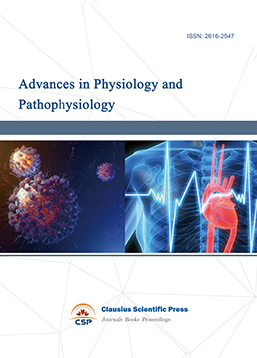
-
Journal of Vision and Ophthalmology
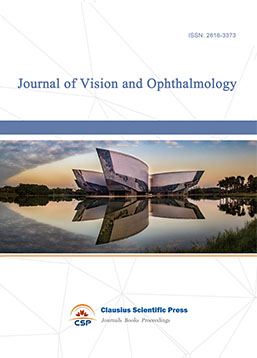
-
Frontiers of Obstetrics and Gynecology
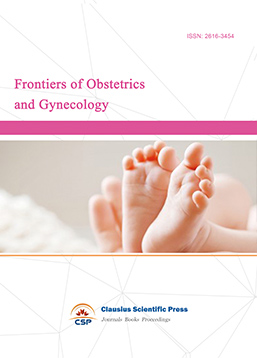
-
Digestive Disease and Diabetes
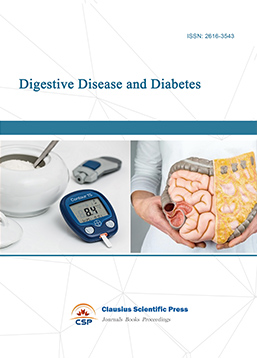
-
Advances in Immunology and Vaccines

-
Nanomedicine and Drug Delivery
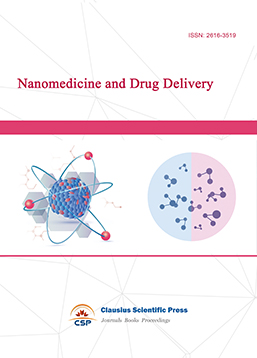
-
Cardiology and Vascular System
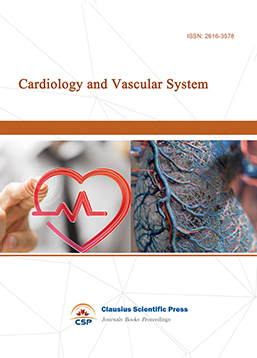
-
Pediatrics and Child Health
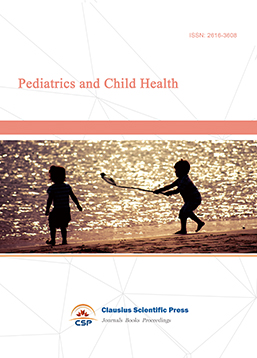
-
Journal of Reproductive Medicine and Contraception
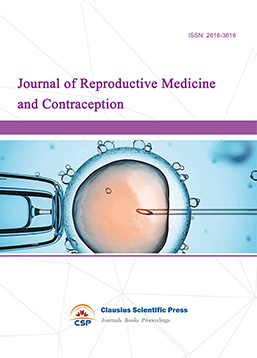
-
Journal of Respiratory and Lung Disease
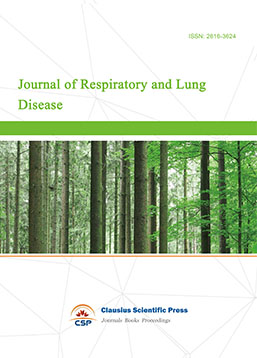
-
Journal of Bioinformatics and Biomedicine
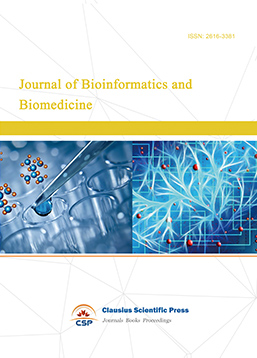

 Download as PDF
Download as PDF